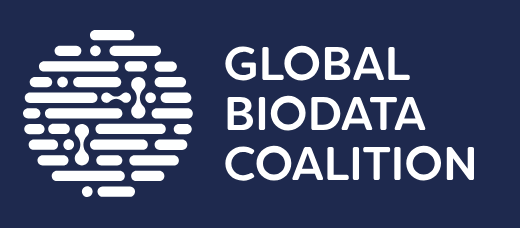CATH Superfamily 3.40.630.170
The name of this superfamily has been modified since the most recent official CATH+ release (v4_3_0). At the point of the last release, this superfamily was: waiting to be named.
FunFam 2: Glycylpeptide N-tetradecanoyltransferase
Please note: GO annotations are assigned to the full protein sequence rather than individual protein domains. Since a given protein can contain multiple domains, it is possible that some of the annotations below come from additional domains that occur in the same protein, but have been classified elsewhere in CATH.
There are 3 GO terms relating to "molecular function"
The search results have been sorted with the annotations that are found most frequently at the top of the
list. The results can be filtered by typing text into the search box at the top of the table.
| GO Term | Annotations | Evidence |
|---|---|---|
|
Glycylpeptide N-tetradecanoyltransferase activity GO:0004379
Catalysis of the reaction: tetradecanoyl-CoA + glycyl-peptide = CoA + N-tetradecanoylglycyl-peptide.
|
2 | Q9LTR9 (/IDA) Q9LTR9 (/IDA) |
|
Myristoyltransferase activity GO:0019107
Catalysis of the transfer of a myristoyl (CH3-
|
2 | Q9LTR9 (/IDA) Q9LTR9 (/IDA) |
|
Myristoyltransferase activity GO:0019107
Catalysis of the transfer of a myristoyl (CH3-
|
2 | Q9LTR9 (/ISS) Q9LTR9 (/ISS) |
There are 2 GO terms relating to "biological process"
The search results have been sorted with the annotations that are found most frequently at the top of the
list. The results can be filtered by typing text into the search box at the top of the table.
| GO Term | Annotations | Evidence |
|---|---|---|
|
N-terminal protein myristoylation GO:0006499
The covalent attachment of a myristoyl group to the N-terminal amino acid residue of a protein.
|
2 | Q9LTR9 (/IDA) Q9LTR9 (/IDA) |
|
Embryonic shoot morphogenesis GO:0010064
The process in which the anatomical structures of embryonic shoot are generated and organized.
|
2 | Q9LTR9 (/IMP) Q9LTR9 (/IMP) |
There are 2 GO terms relating to "cellular component"
The search results have been sorted with the annotations that are found most frequently at the top of the
list. The results can be filtered by typing text into the search box at the top of the table.
| GO Term | Annotations | Evidence |
|---|---|---|
|
Cytosol GO:0005829
The part of the cytoplasm that does not contain organelles but which does contain other particulate matter, such as protein complexes.
|
2 | Q9LTR9 (/IDA) Q9LTR9 (/IDA) |
|
Ribosome GO:0005840
An intracellular organelle, about 200 A in diameter, consisting of RNA and protein. It is the site of protein biosynthesis resulting from translation of messenger RNA (mRNA). It consists of two subunits, one large and one small, each containing only protein and RNA. Both the ribosome and its subunits are characterized by their sedimentation coefficients, expressed in Svedberg units (symbol: S). Hence, the prokaryotic ribosome (70S) comprises a large (50S) subunit and a small (30S) subunit, while the eukaryotic ribosome (80S) comprises a large (60S) subunit and a small (40S) subunit. Two sites on the ribosomal large subunit are involved in translation, namely the aminoacyl site (A site) and peptidyl site (P site). Ribosomes from prokaryotes, eukaryotes, mitochondria, and chloroplasts have characteristically distinct ribosomal proteins.
|
2 | Q9LTR9 (/IDA) Q9LTR9 (/IDA) |
